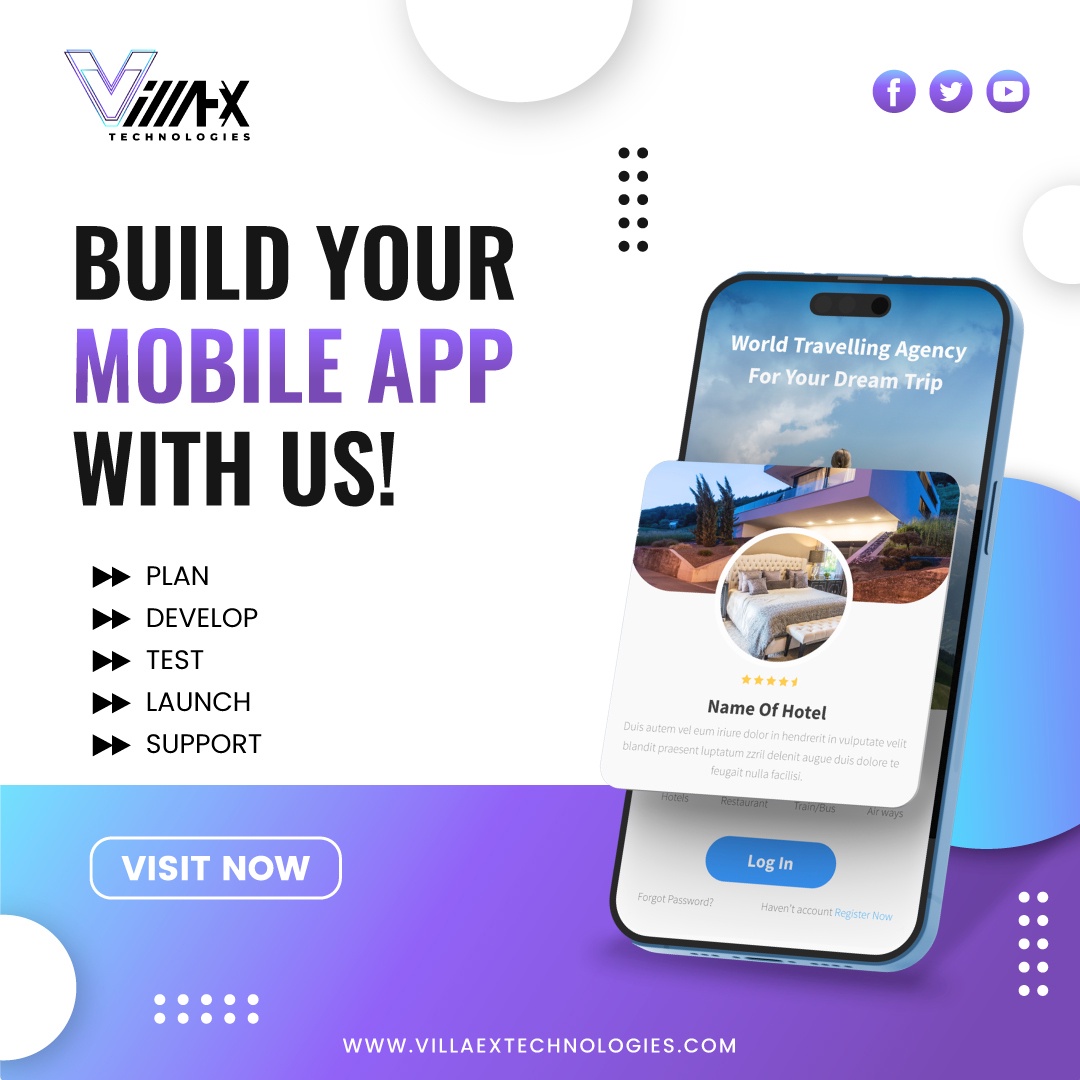The Mobile Revolution
In the digital age, mobile applications have become indispensable tools for individuals and businesses. From enhancing productivity to facilitating entertainment and communication, mobile apps have transformed how we live, work, and interact with the world around us. As smartphones continue to increase globally, the significance of mobile applications in everyday life only continues to grow. In this comprehensive guide, we will delve into the dynamics of mobile applications, exploring their potential, functionality, development process, and future trends.
Understanding Mobile Applications: A Primer
Before delving into the intricacies of mobile app development and utilization, it's crucial to understand what mobile applications are and how they function. Mobile applications, commonly called apps, are software programs specifically designed to run on mobile devices, such as smartphones and tablets. These apps can serve many purposes, from entertainment and gaming to productivity, utility, and e-commerce.
Mobile applications can be broadly categorized into two types: native apps and web apps. Native apps are developed for a specific platform, such as iOS or Android, using platform-specific programming languages and tools. In contrast, web apps are websites packaged in a mobile app format and accessed through a web browser. Both types offer unique advantages and cater to different user needs and preferences.
The Power of Mobile Applications: Key Benefits
The widespread adoption of mobile applications can be attributed to the many benefits they offer to users and businesses. Some of the key advantages of mobile applications include:
Enhanced Accessibility
Mobile apps provide users convenient access to information, services, and entertainment anytime, anywhere, as long as they have an internet connection.
Improved User Experience
Well-designed mobile applications offer intuitive interfaces, smooth navigation, and personalized experiences, enhancing user satisfaction and engagement.
Increased Efficiency
Mobile apps streamline various tasks and processes, boosting productivity and efficiency for individuals and organizations.
Seamless Integration
Many mobile apps leverage device features such as GPS, cameras, and sensors to enhance functionality and a seamless user experience.
Revenue Generation
For businesses, mobile applications present lucrative opportunities for monetization through in-app purchases, subscriptions, advertising, and e-commerce transactions.
The Mobile App Development Process: A Step-by-Step Guide
Developing a successful mobile application requires careful planning, execution, and iteration. The mobile app development process typically encompasses the following stages:
Ideation and Conceptualization
The first step involves:
-
Brainstorming ideas for the app.
-
Identifying target audience demographics.
-
Analyzing market trends.
-
Defining the app's core features and functionality.
Market Research
Conduct thorough market research to assess competition, identify gaps or opportunities, and validate the app concept. Gather feedback from potential users to refine the app's value proposition.
Wireframing and Prototyping
Create wireframes and prototypes to visualize the app's layout, user interface, and user experience. This stage helps identify potential usability issues and refine the app's design.
Development
The development phase involves:
-
Coding the app's frontend and backend functionalities.
-
Implementing features.
-
Integrating APIs and third-party services as needed.
For native apps, developers use programming languages such as Swift or Objective-C for iOS and Java or Kotlin for Android.
Testing and Quality Assurance
Thorough testing ensures the app functions as intended across different devices, screen sizes, and operating systems. Testing involves functional, usability, performance, and security testing.
Deployment and Distribution
Once the app is tested and optimized, it can be deployed to the relevant app stores, such as the Apple App Store or Google Play Store. App store optimization (ASO) techniques can be employed to improve visibility and discoverability.
Post-Launch Maintenance and Updates
The journey continues after the app's launch. Continuous monitoring, maintenance, and periodic updates are essential to address bugs, introduce new features, and adapt to evolving user needs and technological advancements.
Trends Shaping the Future of Mobile Applications
As technology continues to evolve, several trends are shaping the future landscape of mobile applications. Some of the notable trends include:
Augmented Reality (AR) and Virtual Reality (VR)
AR and VR technologies are revolutionizing user experiences in mobile apps, particularly in gaming, education, retail, and healthcare.
Artificial Intelligence (AI) and Machine Learning (ML)
AI and ML algorithms are increasingly integrated into mobile apps to enable personalized recommendations, predictive analytics, natural language processing, and image recognition.
Internet of Things (IoT) Integration
Mobile apps increasingly act as interfaces for controlling and monitoring IoT devices, such as smart home appliances, wearable devices, and connected vehicles.
5G Technology
The rollout of 5G networks promises faster speeds, lower latency, and higher bandwidth, unlocking new possibilities for mobile app development, particularly in areas such as real-time gaming, video streaming, and immersive experiences.
Progressive Web Apps (PWAs)
PWAs combine the best web and mobile app experiences, offering fast performance, offline capabilities, and seamless integration with device features without needing installation from an app store.
Conclusion: Embracing the Mobile-First Mindset
In conclusion, mobile applications have emerged as powerful tools that have revolutionized how we live, work, and connect with the world around us. From enhancing productivity and efficiency to providing immersive entertainment experiences, the potential of mobile apps is virtually limitless. By understanding the intricacies of mobile app development, leveraging emerging technologies, and staying attuned to evolving user preferences, businesses and developers can unlock the full power of mobile applications and thrive in the digital ecosystem. Embracing a mobile-first mindset is not just a strategy for success; it's a prerequisite for staying relevant in an increasingly mobile-centric world.


No comments yet